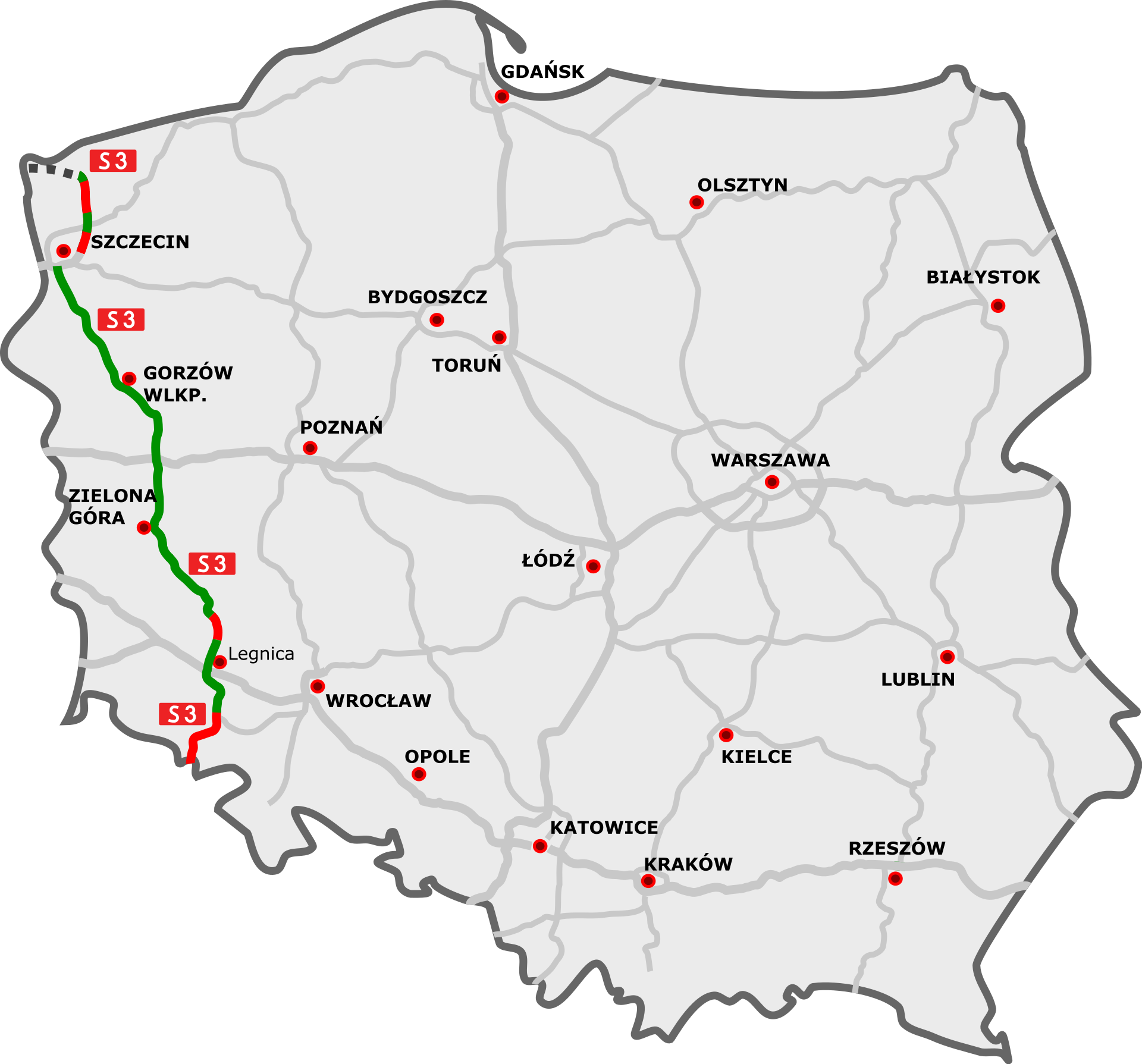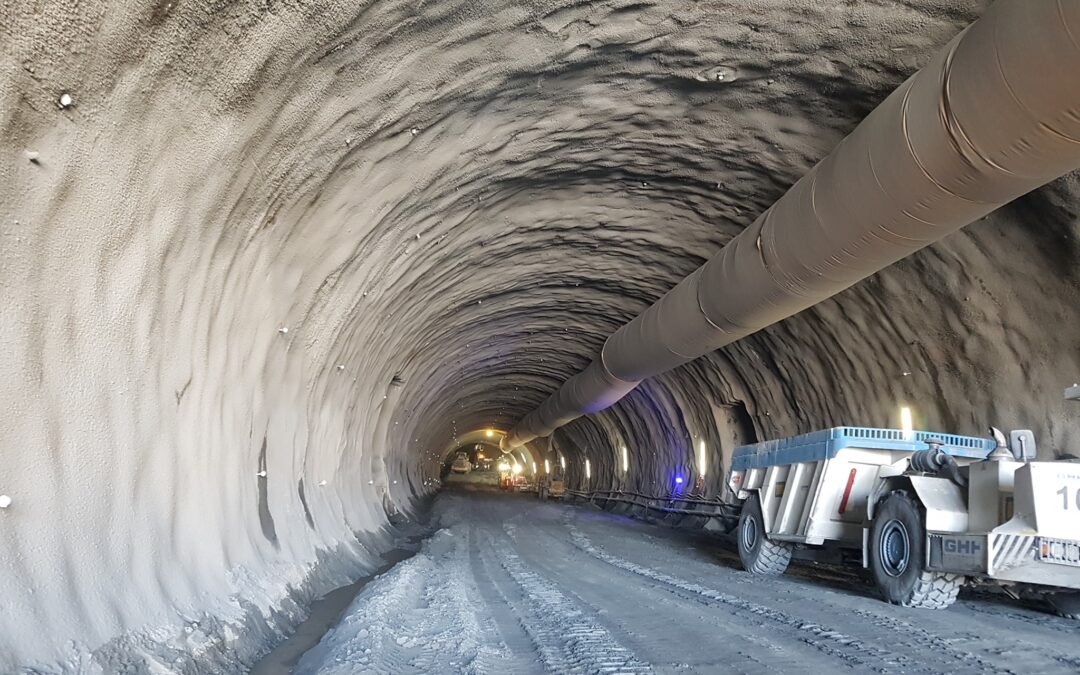What will be Poland’s longest non-urban tunnel, at 2.3 kilometres (1.4 miles), is now more than half complete. It will form part of the 480-kilometre S3 expressway connecting Poland’s northwestern Baltic coast with the Czech Republic in the south.
The tunnel in Stare Bogaczowice, a village in southwestern Poland, is one of two key elements to be built along the S3 between Bolków and Kamienna Góra. The TS-26 tunnel will be approximately 2,300 metres long, while the shorter TS-32 is estimated at 320 metres.
“The contractor has exceeded 50% advancement of boring,” said the General Directorate for National Roads and Highways (GDDKiA) in a press release on Wednesday. The GDDKiA said that the two tunnels constituted the most important element of the S3 roadworks.
Construction, with an estimated cost of 1.5 billion zloty (€336 million), is being led by PORR SA of Warsaw partnered with PORR Bau GmbH of Vienna. The entire S3 expressway from Bolków to Lubawka is estimated to cost almost 2.5 billion zloty and is being co-financed by the European Union.
When works started in December 2020, PORR confirmed in a statement that the 2,300-metre tunnel would be the longest non-urban tunnel drilled through rock in Poland.
The tunnel will make it possible to cut through the Kaczawskie and Wałbrzyskie Mountains on the S3. The full road will run from Świnoujscie on the Baltic Sea, via the cities of Szczecin, Gorzów Wielkopolski, Zielona Góra and Legnica, down to the border with the Czech Republic.

Source: S3 road plan, October 2014 (Sliwers/Wikimedia Commons, under CC BY 3.0)
The longer TS-26 tunnel will be made up of two main aisles for traffic, with two lanes each – the left (east) one will be 2,301.88 metres long and the right (west) will be 2,272.20 metres long. These have been 52.7% and 50.1% completed respectively as of 23 August, reports GDDKiA.
That puts the tempo of boring of both aisles at 252 running metres per month, with the tunnel’s construction set to be completed in the first half of 2022. The entire tunnel project will be completed by the second quarter of 2023.
The longer tunnel is being built using the New Austrian tunnelling method (NATM) of sequential excavation, which is better suited to the large cross-section of the tunnel and its length. There will also be eight transverse evacuation passages and one emergency passage in the middle of the tunnel.
Main image credit: GDDKiA/Facebook

Maria Wilczek is deputy editor of Notes from Poland. She is a regular writer for The Times, The Economist and Al Jazeera English, and has also featured in Foreign Policy, Politico Europe, The Spectator and Gazeta Wyborcza.




















